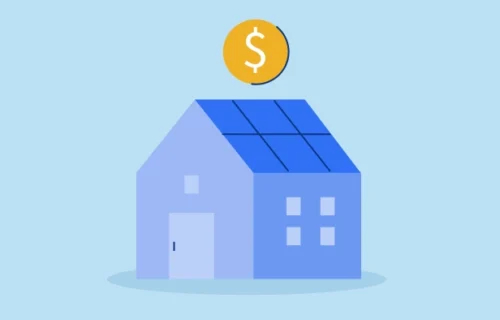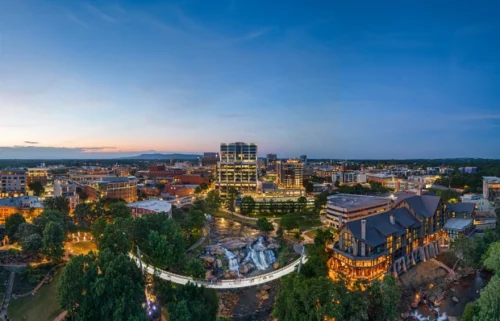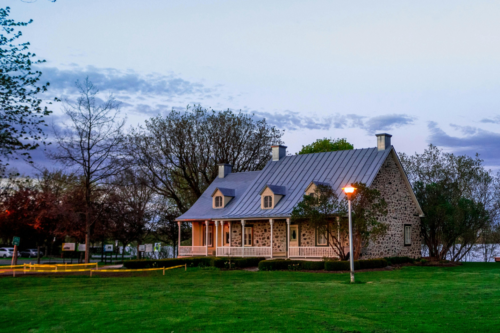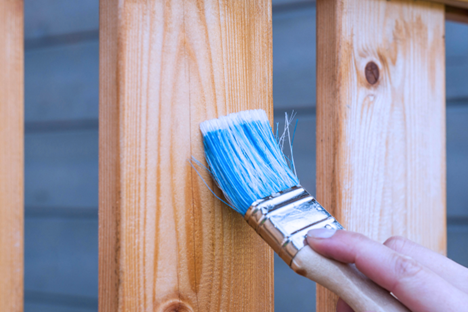
Connect with a Lima One expert today!
If you’d like to know more about this topic or see how it applies to your project, let’s talk.
Raleigh’s Real Estate Market Has a Lot to Like
Raleigh’s real estate market was already booming long before Apple, Inc. announced its plans to open an east coast campus in North Carolina’s Triangle region and bring 3,000 jobs to the area over the next five years. The city is the second fastest metro area in the U.S. which means its ripe for investment opportunities—even if Apple delays its plans. Here are some other reasons you might consider investing in Raleigh.

The Current Raleigh Real Estate Market
- Population: 487,942
- Media single-family home price: $465,900
- Housing inventory; 2.9 months' supply
- Median days on the market: 44
The good news for sellers is that prices continue to increase (up 16% YoY) and median days on the market are down 40% from earlier in 2024.
The rental market hasn’t been quite as volatile (yet) with rents relatively flat YoY ($1843 in 2024 vs $1837 in 2024). However, between Q1 and Q2, vacancies fell for the first time in 3 years—from 12.6% to 11.9%. This is contrary to the rest of the U.S. where vacancies continue to rise, suggesting that Raliegh’s housing market is becoming more balanced after the huge surge in construction it saw following the COVID-19 pandemic. However, all signs point to escalating rates going forward as more and more white-collar professionals relocate and call Raleigh home.
New construction permits in Raleigh reached a 5 year high in August of 2024 at 2,928. These increases are the main reason why Raleigh is seen as one of the top national markets for development activity. But there are three other reasons that experts predict continued growth in the city:
Falling mortgage rates
In September 2024, mortgage rates hit a two year low, and realtors in Raleigh expect these low rates to spur a new buying spree if they continue. Low interest rates helped first-time homebuyers significantly by creating the opportunity for more affordable monthly mortgage payments.
Millennials in the market
The National Association of Realtors reported that millennials are now the largest group of homebuyers in the country. As first-time homebuyer programs enter the market in 2025 and beyond, the number of millennial buyers is expected to grow substantially.
New jobs and opportunities
The Raleigh-Durham area is the second fastest growing metro area in the U.S. as well as one of the "fastest growing tech hubs". Major tech companies like Google and Apple, as well as new biotech companies and startups, are gravitating toward the Research Triangle Park area because it is business-friendly and affordable. Despite Apple delaying its East Coast plans, Durham is still attracting many new employers.
Apple’s East Coast Campus
In 2021, Apple announced that it will invest $1 billion in North Carolina over 10 years, including $552 million to establish its new “east coast campus” in Research Triangle Park. It was a huge win for North Carolina’s real estate market and economy overall.
The new campus will create an estimated 3,000 high-paying tech jobs, including software engineers. The company’s future employees are expected to create a surge of homebuying activity where existing buyers are already struggling to find homes in a market with very little supply.
However, in June of 2024, the tech giant announced that it plans to delay its new campus by four years. Apple expressed their continued commitment to build in the Raleigh area, but the delay could still be a bad sign for Raleigh real estate investors.
On the other hand, if the market cools as a result of Apple’s delay, real estate investors who are confident in the project might be able to buy into the residential market ahead of time.
What Does This Mean for Real Estate Investors?
Permit and construction activity in Raleigh has increased dramatically in the past year, making it one of the top new national destinations for development activity.
The Raleigh metro area is projected to add 269,000 residents and increasing the population to an estimated 1.77 million by 2030. An estimated 7,600 – 8,600 additional housing units will be needed in the market. Raleigh is at the top of the nation’s new construction opportunities when it comes to real estate. Along with companies purchasing single-family homes to rent out in the area, single-family new construction homes are in high demand. Single-family rentals and build to rent homes are also great investments for investors interested in the Raleigh real estate market.
Investing in Raleigh’s Real Estate Market
While inventory might be harder to find, investors with strong real estate investment strategies can still profit. It’s more important than ever to have a lender capable of helping you:
- Secure a loan with the best price and maximum leverage for your next rental investment
- Close properties quickly and with certainly
- Run your construction or rehab projects smoothly
Lima One Capital offers that and much more for real estate investors. We are experts in financing new home construction for builders on urban in-fill, spec homes, model homes, and teardown/rebuild projects. Our team of experienced professionals will help guide you through getting a new construction loan for your next investment.
If you’re interested in obtaining a loan for investment property or new construction in Raleigh, North Carolina, call us to learn more. Get started today and scale your rental property portfolio with Lima One, the nation’s premier lender for real estate investors.
Editors note: This blog was originally published in July 2021 and has been updated as of February 2025 for comprehensiveness
Subscribe for More Insights
Get the latest industry news & Lima One updates.









